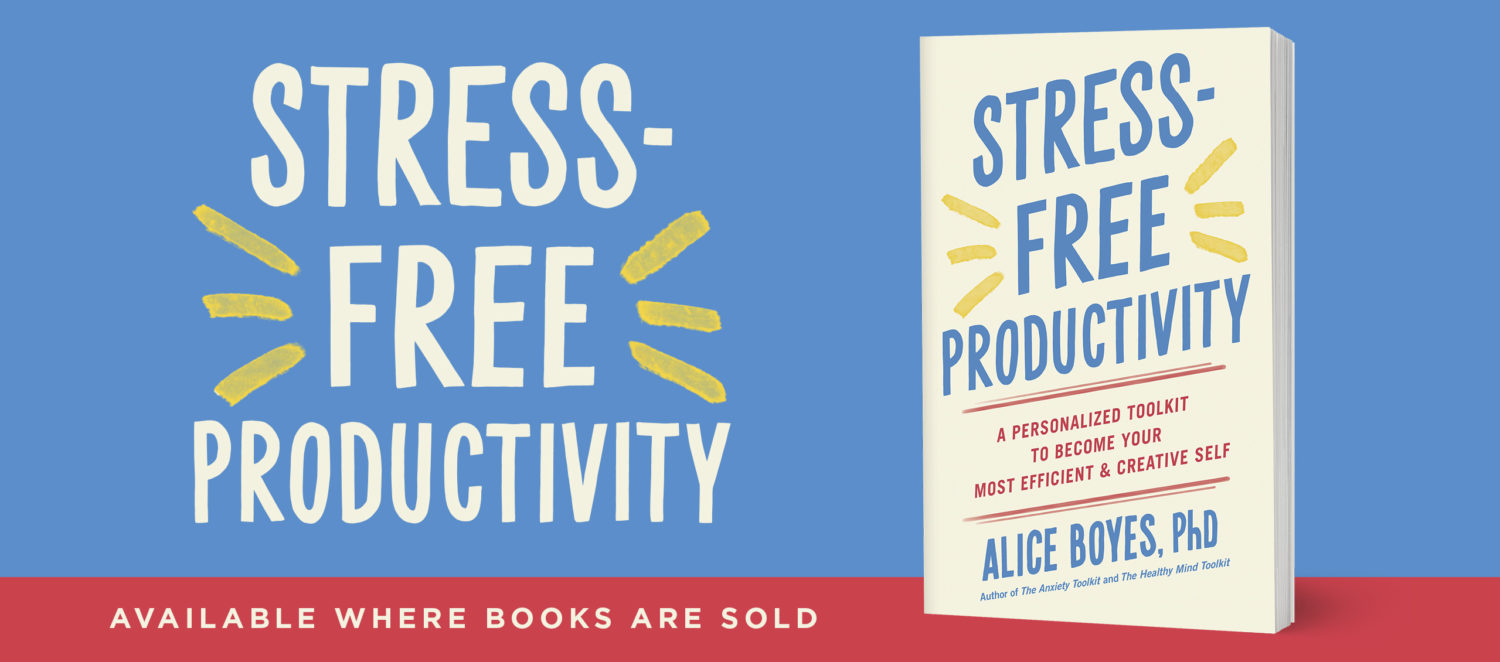Imagery Exercise for help with Depression, Anxiety and Self Defeating Behaviour Patterns.
Generally, people can’t just think their way out of problems like depression, anxiety or self defeating behaviour patterns.
People have emotional and behavioural responses that are stubbornly resistant to being changed by logical thought.
The following is a technique you can use to access your emotions in a new way. Its something people generally do with a psychology PhD during their therapy session but you can try it yourself if you think it’s something you’d like to try.
When you have particularly distressing feelings come up in your current life, take some time out later that day or in the subsequent few days to try this.
Try to remember a time when you felt feelings during your childhood or adolescence that were similar to the distressing feelings you just experienced.
For example, in your current life you felt distressed by the thought someone might be angry with you. You would then think back to any memories from your childhood/adolescence when you felt distressed because you thought someone might be angry with you or was angry with you.
Pick the earliest memory you have of when you had same type of distressing feelings.
Make the image of what happened during your children as vivid as you can. Narrate what happened out loud.
The idea is to try to re-elicit the feelings in a controlled way using the imagery technique.
Once you have the image and have vividly described what happened and how you were feeling, ask yourself – What did you need back when you were a child, to not feel scared and to feel ok?
As your adult self, talk to your child self (you can speak quietly if you want but do it audibly). Whatever the adults who were around at the time didn’t do that you wished they did, do for yourself now.
You want to elicit a level of distress doing this exercise that is within your capacity to cope with, and then use your current wise adult skills to soothe yourself.
After you’ve done the imagery technique, do something you find enjoyable.
You can repeat this imagery technique a few more times until it feels less distressing.
Each time you do it, try to imagine back to the childhood incident in more and more detail, and narrate more details about the scene/incident – what happened and how you were feeling as a child. If you can’t remember exact details, just recollect and estimate as best you can.
You can also repeat this imagery exercise for different types of feelings and different memories.
Only try this if it feels like a safe thing for you to do.
If you try this imagery exercise it might pay to print these instructions because reading off the computer might take you out of the image.
This technique is based on one from Schema Therapy, which is a therapy derived from Cognitive Behavioural Therapy (CBT) (Reinventing Your Life: The Breakthough Program to End Negative Behaviour…and Feel Great Again).
If you found this interesting you might like to complete the schema test Young Schema Questionnaire.





